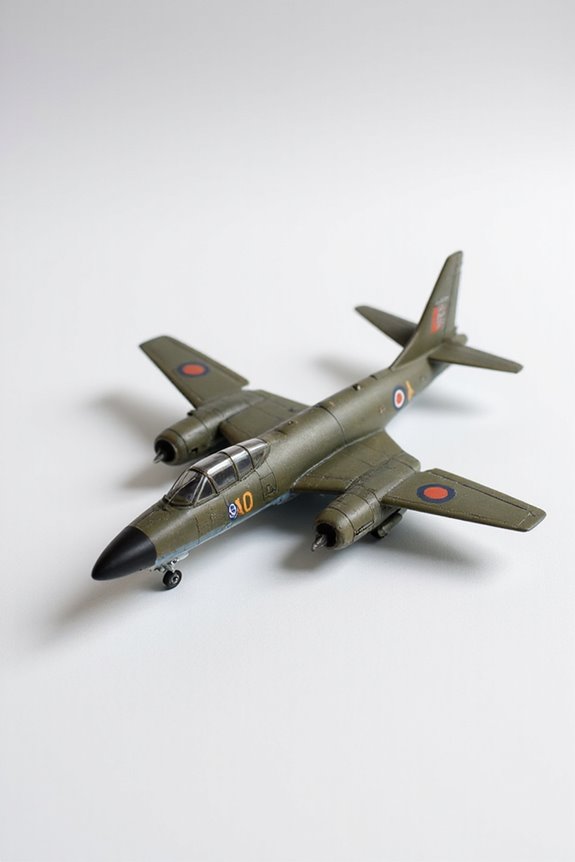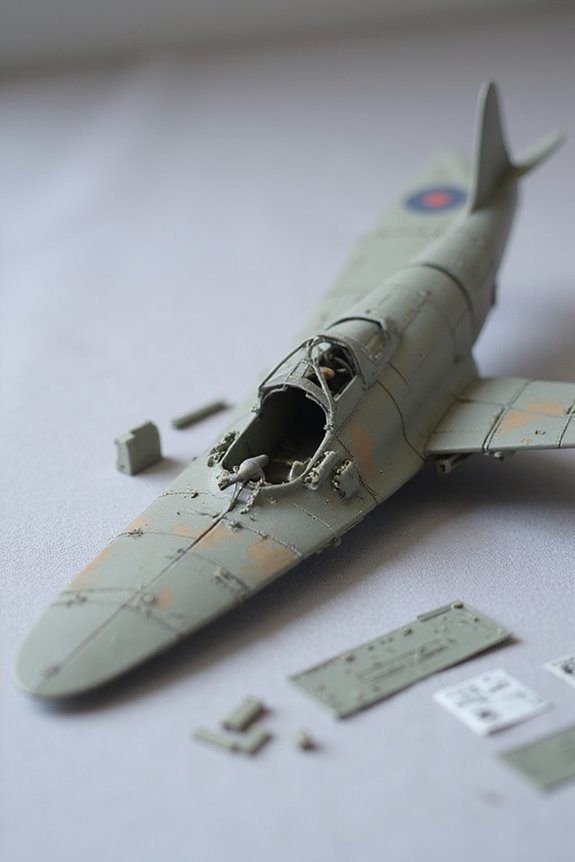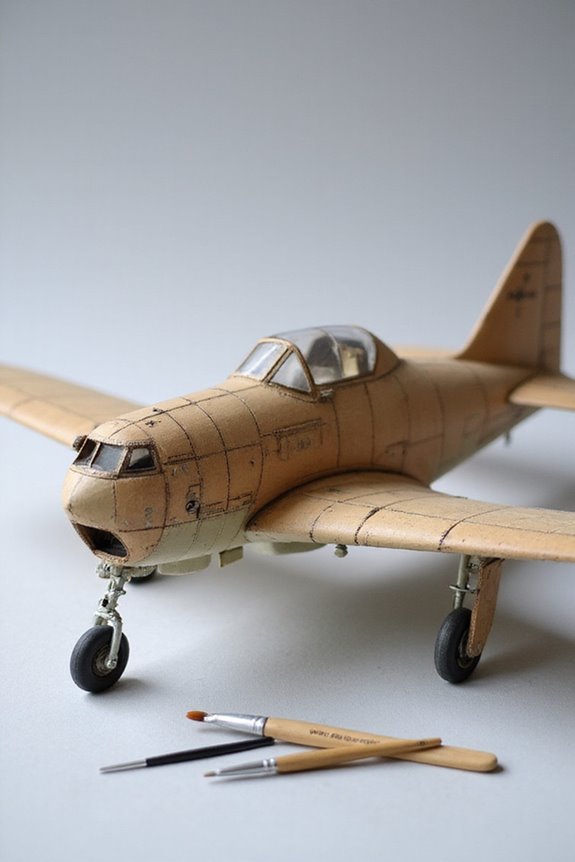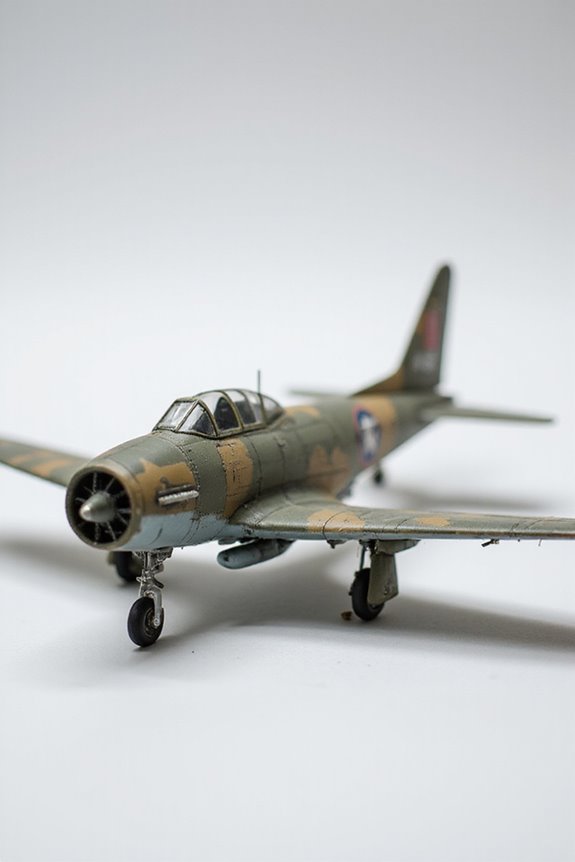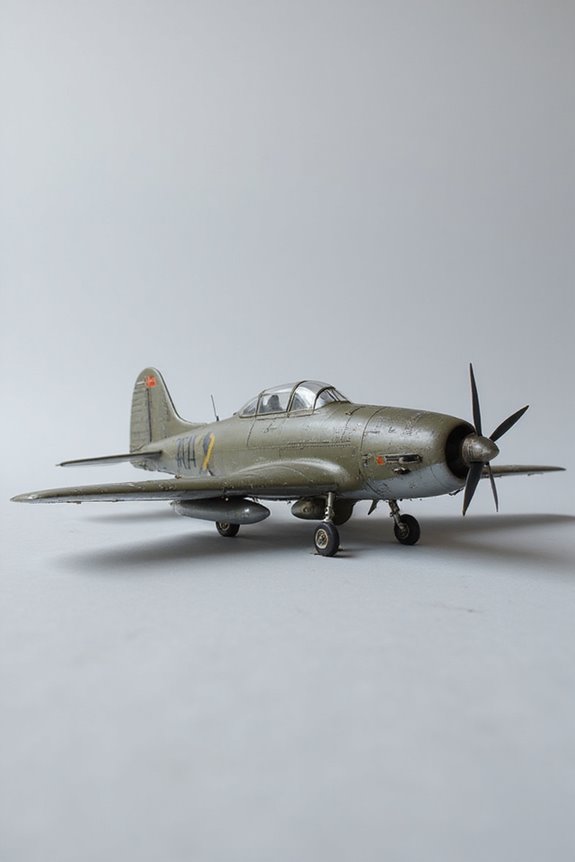Entering a model in a contest is easier than you might think! First, make sure we’re current members of the organizing society, as only they can enter. Next, we pick a fitting category like aircraft or automotive, and align our skill level to the complexity of our model. We’ll need to prepare our model carefully—clean it, secure all parts, and check it against reference photos. If we’ve got all that, we’re ready to submit and impress the judges! Want to know more about the nitty-gritty of this process?
Key Takeaways
- Verify your current membership with the organizing society to ensure eligibility for contest entry.
- Select the appropriate category and skill level that best fits your model.
- Prepare your model by cleaning it, securing all parts, and ensuring accuracy against reference photos.
- Complete the entry form with your contact information, model details, and an original work declaration.
- Submit your model and accompanying documents online before the entry deadline for a successful entry.
Understanding Eligibility and Membership Requirements
When it comes to entering a model contest, we’ve got to nail down the eligibility and membership requirements first. To start, we need to guarantee our membership verification is up to date with the organizing society or affiliated branches, like IPMS/USA. Remember, only current members can enter!
Next, let’s talk about eligibility confirmation. Your model must be entirely your own work—it can’t be a commercially built kit with a quick coat of paint! If you’re part of a family membership, everyone can enter, but each person needs individual registration.
Finally, don’t forget the fees! We have to submit entry forms and payments on time, so let’s tackle this together and make sure our great creations shine at the contest!
Selecting the Right Category and Skill Level
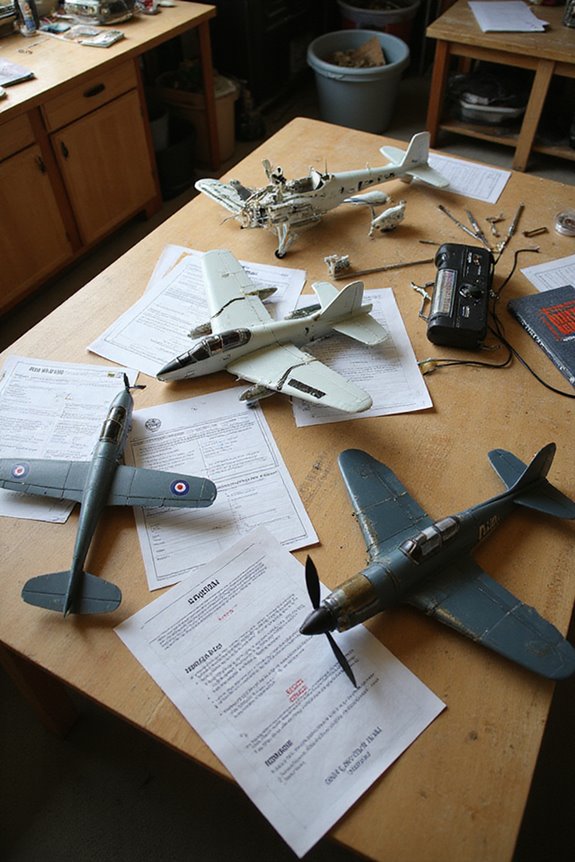
Now that we’ve got our eligibility sorted out, let’s tackle the fun part—selecting the right category and skill level for our models! First, we need to think about category selection. Is our model an aircraft, automotive masterpiece, or a majestic ship? Each has its own flair!
Next, let’s consider skill evaluation. Are we beginners mastering basic skills, or seasoned pros wrangling complex conversions? It’s essential to align our model’s complexity with our chosen skill level. For instance, if you’re entering an RC plane contest, consider models like the E-flite UMX A-10 for advanced flyers or the DEERC F35 that caters to all skill levels.
And don’t forget about special categories like dioramas or collections! They add spice to our entries. Finally, local contests might mix categories due to fewer entries, so keep that in mind. Happy modeling, friends—we can’t wait to see what we create!
Preparing Your Model for Submission
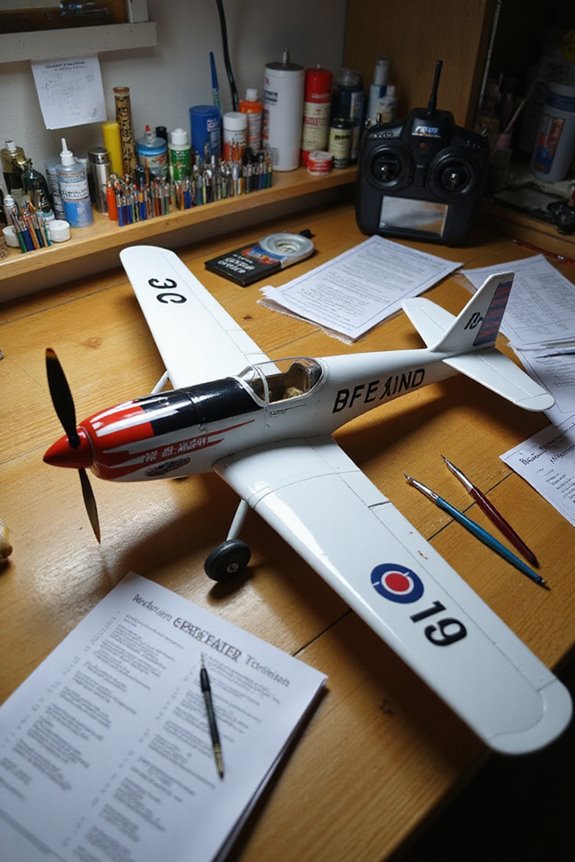
Before diving into preparing our model for submission, let’s remember that meticulous attention to detail can make all the difference. First, we should guarantee our model assembly is spot-on. A quick check against reference photos can save us from disaster on the big day.
Next, let’s beautify our display presentation. Choosing the right base can elevate our model without stealing the show. If the rules say no display cases, let’s ditch them for judging! We need to secure all parts to prevent any “oops” during transport, and a little cleaning goes a long way. Dust and glue residue? No thanks!
Additionally, ensuring our model reflects historical significance can enhance its appeal to judges. Lastly, don’t forget to label our model discreetly—subtlety is the name of the game. With all this in place, we’re ready to shine!
Completing the Entry Form
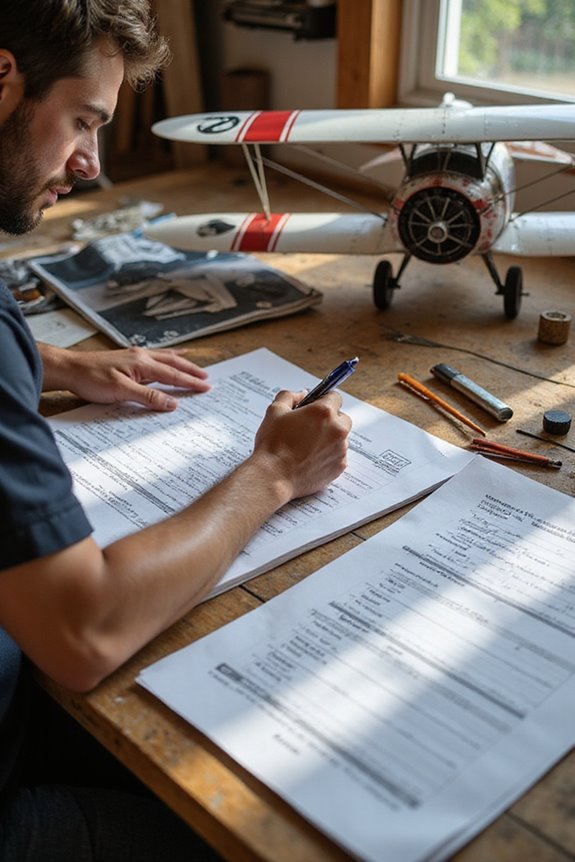
Completing the entry form is like prepping a model for the runway—it needs to shine! We’ll start with our full name and contact info; judges need to know who we are and how to reach us. Don’t forget to declare that our model’s our own work and select the right category for judging.
We should keep our descriptions concise. Just a couple of paragraphs will do! Think of it as a speed-dating pitch for our model. Tight sentences let us showcase key details without overwhelming the judges. And remember, consent is critical; checking those boxes confirms we’re in the race! So, let’s fill out that entry form with flair and accuracy, setting the stage for our model’s debut!
Submitting Your Model and Event Preparation
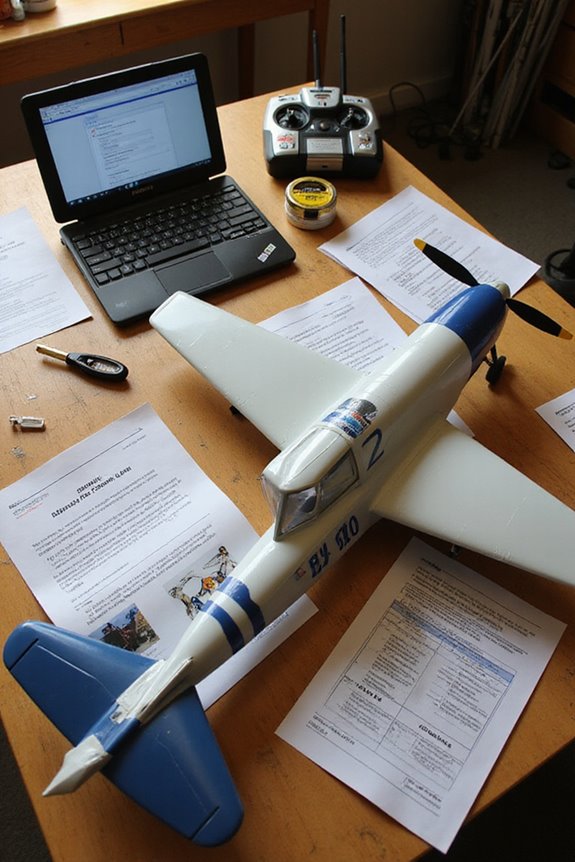
When it’s time to submit our model, we want to make certain everything’s in tip-top shape, just like a model prepping for the spotlight. First, we should register online and follow platform instructions for model uploads. Let’s remember to submit our original 3D models in formats like .3MF or .STL before those tricky contest deadlines. We can’t forget submission visuals—great photos or renderings showcasing our models can really wow the judges!
It’s also crucial we prepare a brief description of our model, highlighting unique features or construction techniques. Finally, let’s double-check all documents and guarantee our prints meet contest eligibility. After all, nobody likes last-minute surprises, right? Let’s ace this contest!
Judging Criteria and Tips for Improvement
As we explore the judging criteria, it’s important to remember that our models might be competing for attention, much like performers on a stage. In the judging process, skill in construction, finish, realism, and scope of effort are key scoring criteria. Models can’t just shine in one area; every inch deserves our attention!
To improve our scores, let’s pay close attention to seam elimination and paint application. A smooth finish can turn heads! Remember, realism is about details—so let’s replicate authentic features accurately. Also, don’t overlook the scope of effort; incorporating unique touches shows judges we put in the work.
Lastly, a clean presentation makes it easier for judges to see our hard work. Let’s aim for excellence all around!
Frequently Asked Questions
Can I Submit Models Made by Someone Else?
When it comes to model ownership, we can’t just borrow someone else’s hard work. Contest rules usually require our own creativity, so let’s sculpt our unique vision instead of relying on someone else’s masterpiece.
Are There Age Restrictions for Certain Categories?
Yes, there’re age categories with specific eligibility requirements we should consider. It’s essential to check the contest rules, as age limits often vary, ensuring fair competition among juniors and seniors. Let’s stay informed!
What Happens if I Miss the Submission Deadline?
Missing a deadline can feel like a catastrophic collision with opportunity, releasing submission consequences that disqualify us. While late entry options exist, they’re often slim; proactive planning’s our best defense against this misstep.
Can Models Be Modified After Initial Entry Submission?
Yes, we can make model modifications after initial entry submission, but we must follow the entry guidelines carefully. Each contest varies, so it’s essential to check specific rules regarding allowed changes.
Is There a Limit to the Number of Entries per Member?
When we think about entry guidelines, we often wonder about member restrictions. Some contests allow unlimited entries; others cap them at three. It’s essential to check each contest’s rules before we plan our submissions.

